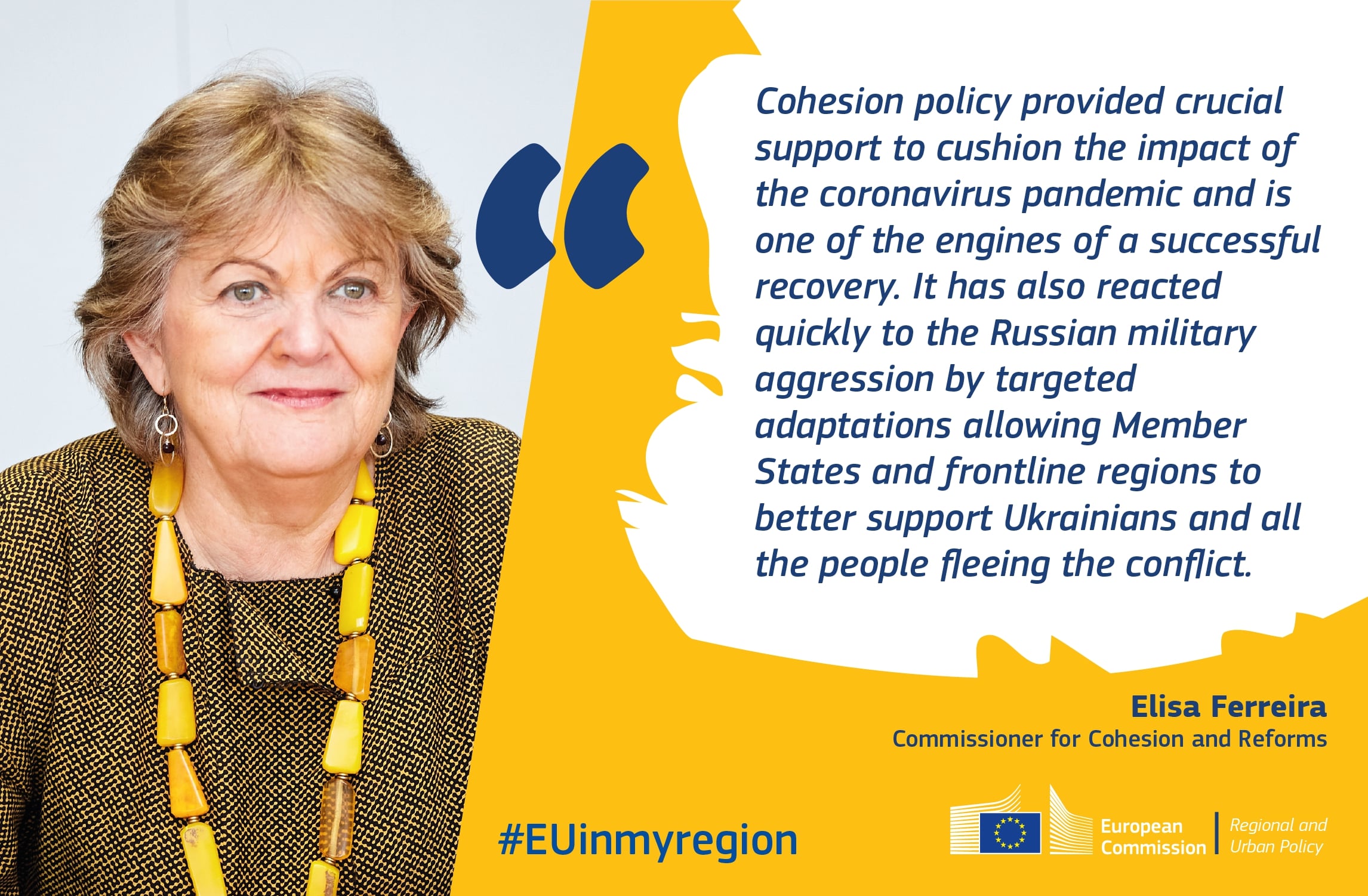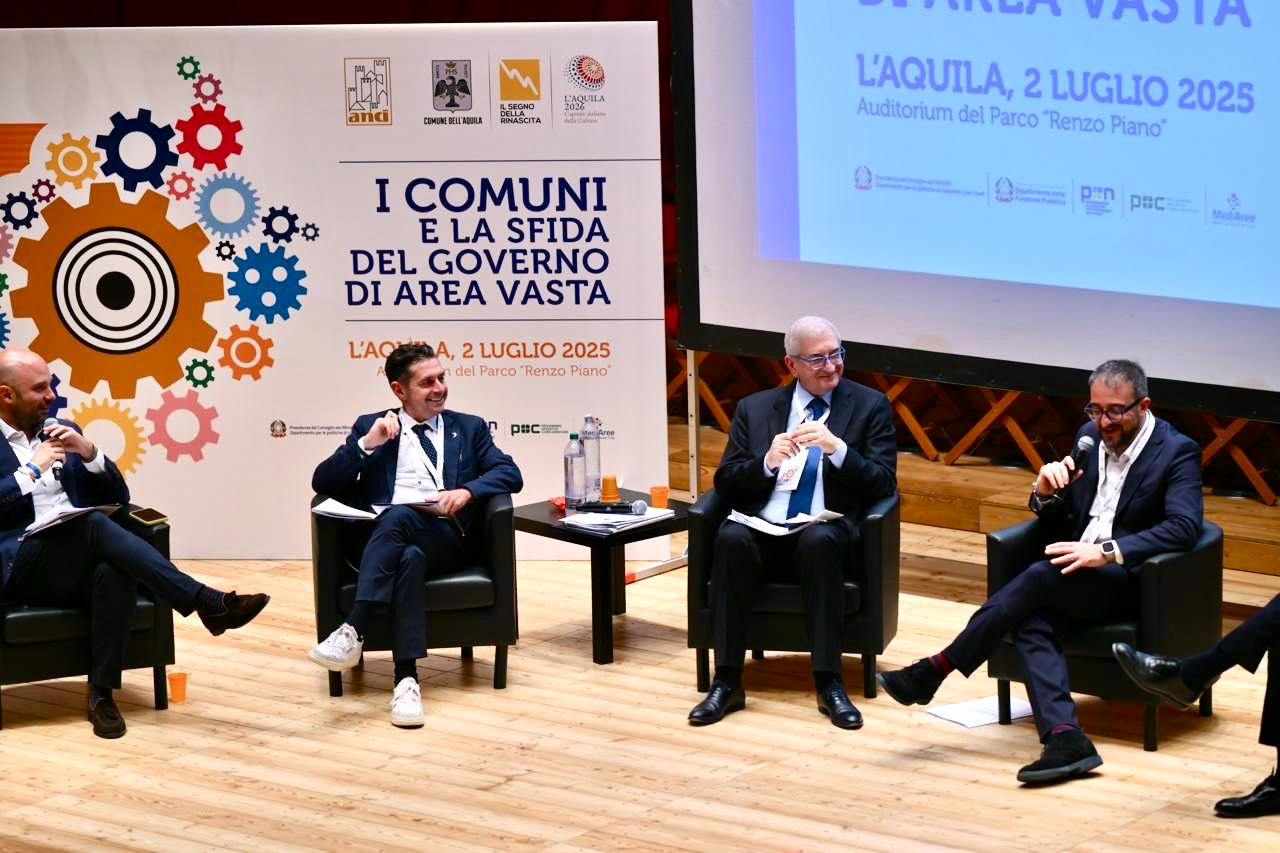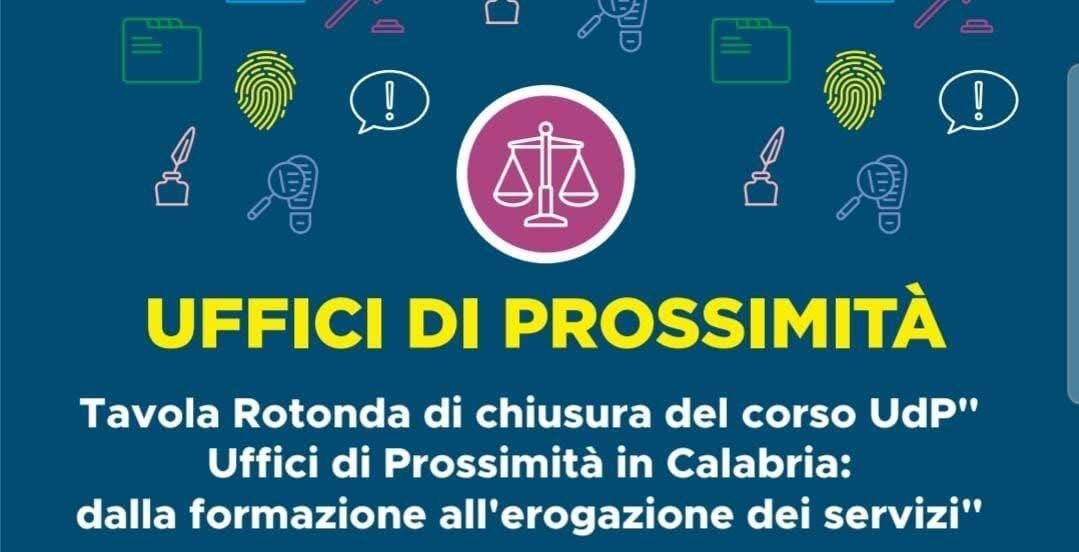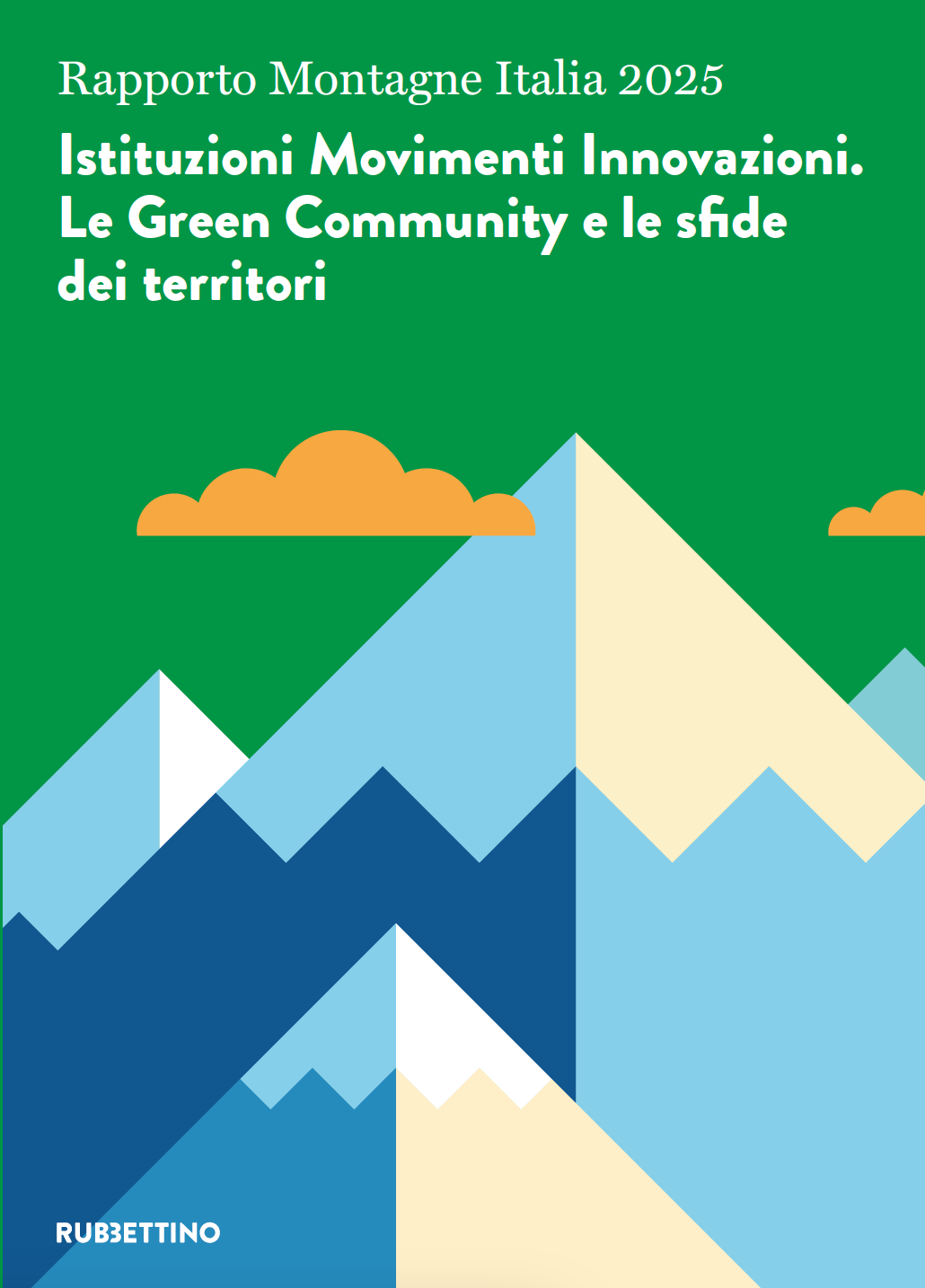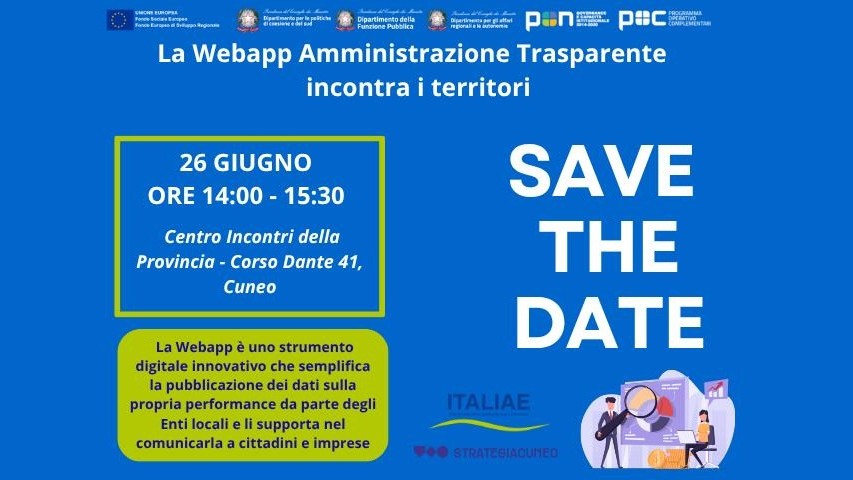Commissioner, you will be opening the 8th Cohesion Forum next week. What do you expect from it?
I am proud to host this flagship event for cohesion policy. I welcome the many key political figures who are participating in Brussels and online, as well as cohesion policy stakeholders with whom we work together to make Europe a better place to live in: more inclusive, competitive and resilient.
I expect fruitful discussions around the challenges we faced during recent times and for which cohesion policy has been a key part of the European response. Cohesion policy provided crucial support to cushion the impact of the coronavirus pandemic and is one of the engines of a successful recovery.
It has also reacted quickly to the Russian military aggression through targeted adaptations, which allow Member States and frontline regions to better support Ukrainians and all the people affected by the conflict.
This shows once more cohesion policy’s capacity to respond flexibly to unpredictable events and crises that more than ever characterise today’s world. At the same time, we should not forget cohesion policy’s primary objective of reducing inequalities and long-term transformation. Therefore, just as important, I hope to have meaningful exchanges on the best use of the 2021-2027 programmes all over the EU: we are investing EUR 392 billion in national and regional programmes to drive growth, jobs, the twin green and digital transition, social integration and better cooperation.
Can you tell us more about participants and the main topics that will be discussed?
We are honoured to have such high-level speakers joining the Forum – this proves once again the importance of cohesion policy in shaping the EU future. Mario Monti, a former member of the European Commission and the former prime minister of Italy will give the keynote speech at the opening.
On the first day, 17March, we will discuss cohesion and recovery, followed by three sessions on a Europe that is more social and inclusive, closer to its citizens and smartly specialised. These will be chaired by the chairs of the European Parliament’s EMPL, REGI and ITRE Committees. [President Emmanuel Macron on behalf of the French Presidency of the Council], European Commission President Ursula von der Leyen and European Parliament President Roberta Metsola will address the Plenary Session on 18 March, followed by two outstanding keynote speakers – Professor Joseph Stiglitz, a Nobel Prize laureate, and Professor Carlota Perez, a world expert on social and economic impact of technological changes.
Commission Executive Vice-President Frans Timmermans and Commissioner for Innovation, Research, Culture, Education and Youth Mariya Gabriel will be chairing panels dedicated to respectively the green and digital transitions.
There will be many other participants. The Forum will bring together some 2000 representatives of EU institutions, national, regional and local authorities from all Member States, social and economic partners, non-governmental organisations and representatives of the academic sector. The event will be held in a hybrid format (both online and on-site), thus allowing for an unprecedented level of participation.
The discussions at the 8th Cohesion Forum follow the publication in February 2022 of the 8th Cohesion Report. What exactly does the report cover?
Every three years, in accordance with Treaty provisions, the Commission publishes a Cohesion Report that provides a comprehensive picture of the state of social, economic and territorial cohesion in the EU. It uses a wide range of indicators, such as prosperity, employment, education levels, accessibility and governance. The Cohesion Report captures the developments over recent years and highlights existing gaps and areas for improvement in the coming years. It analyses how regional disparities have evolved in recent years, and the public investment resulting from national policies. Last but not least, it focuses on the link between cohesion and other EU policies – the Common Agricultural Policy, Horizon Europe and Connecting Europe Facility.
Can you take us through the main findings of the 8th Cohesion Report?
The latest edition shows that cohesion policy has helped to narrow territorial and social disparities between regions in the EU. Thanks to cohesion funding, the GDP per capita of less developed regions is expected to increase by up to 5 % by 2023. The same investments also supported a 3.5 % reduction in the gap between the GDP per capita of the EU’s 10 % least and 10 % most developed regions.
The report also shows that some regions are caught in a ‘development trap’ and that more efforts are needed to avoid the deepening of old or new divides. The report also shows that, thanks to its flexibility, cohesion policy provided much needed and very swift support to Member States, regional and local authorities in the midst of economic slowdowns and the worst crisis of recent times.
I suppose you refer here to the impact of COVID-19 on Europe’s regions?
Indeed, the report clearly indicates that the pandemic led to the biggest post-war economic recession. However, this economic fallout was distributed unequally – for instance, regions highly dependent on tourism were hit hardest as some recorded a 90 % drop in the number of tourists. Border regions also suffered more than others, as various border closures over the last two years affected cross border traffic, commuting and services. Finally – and this is no surprise – poorer regions with less developed healthcare systems paid a heavy price. The EU was able to quickly intervene and alleviate the burden. We provided additional funding through the CRII packages and an extra EUR 50.6 billion through REACT-EU. We made crisis response measures – business support, workers and health systems – eligible under cohesion policy and we adopted cohesion rules with unprecedented flexibility, including 100 % co-financing rates. It is now important to ensure that the recovery is just and balanced.
So how do we move forward from data and analysis to action?
The report identifies the biggest challenges ahead: managing transitions (digital, green), and demographic changes. Take the example of the demographic issue – in 2040, half of Europeans will be living in a region with a shrinking population. Cohesion policy needs to invest in adapting their public services and their economies to this reality of an ageing population. We need to tap into other areas of the workforce, keep reforming national pension schemes, and invest more in education and innovation.
The report was published before the security tensions at our Eastern borders. The economic and social fallout of Russian aggression in Ukraine is still unknown. This is something that we will need to monitor and address as the situation unfolds. We have to work together, evolve together and adapt together to thrive in the face of current and future challenges.
The report also points to the fact that promoting cohesion and convergence cannot be the work of cohesion policy alone. We need to make sure that other policies and actors take into account the territorial dimension. These are some of the reflections I hope to kick-start at the Cohesion Forum and beyond, and in the exchanges with all relevant cohesion stakeholders. Tune in to the livestream on 17 March and join the discussion on Twitter under #CohesionForum.



